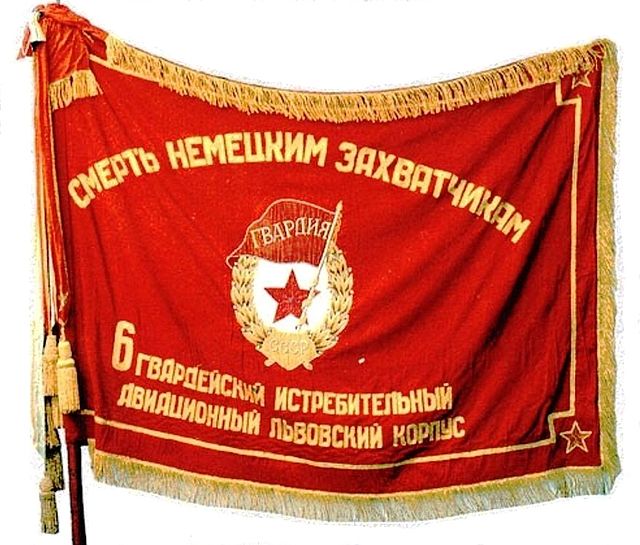4th Guards Rifle Division
The 4th Guards Rifle Division was reformed as an elite infantry division on September 18, 1941, from the 1st formation of the 161st Rifle Division as one of the original Guards formations of the Red Army, in recognition of that division's participation in the successful counter-offensive that drove German forces out of their positions at Yelnya. The division then moved northwards to serve in the defense of Leningrad, as well as the early attempts to break that city's siege, but later was redeployed to the southern sector of the front as the crisis around Stalingrad developed. The 4th Guards took part in Operation Uranus which surrounded the German 6th Army in and around that city and then in the pursuit operations that drove the remaining German forces from the Caucasus steppes and the city of Rostov. The division remained in this sector for the duration of the war, fighting through the south of Ukraine through the summer of 1943 and winning the Order of the Red Banner in the process; it was further distinguished with the award of a battle honor in February, 1944. During April and May its advance was halted during the battles along the Dniestr River, but resumed in the August offensive that carried it and its 31st Guards Rifle Corps into the Balkans. It served extensively in the fighting through Hungary and in the outer encirclement during the siege of Budapest in the winter of 1944/45 and in mid-April was awarded a second battle honor for its part in the capture of Vienna. Despite this distinguished service the division was disbanded in 1946.

A counterattack by Soviet infantry and tanks of the 18th Guards Tank Corps.
Soviet troops in the Vienna Offensive
Guards unit (Soviet Union)
Guards units were elite units and formations in the Soviet Armed Forces that continue to exist in the Russian Armed Forces and other post-Soviet states. These units were awarded Guards status after distinguishing themselves in wartime service, and are considered to have elite status. The Guards designation originated during World War II, its name coming both from the Russian Imperial Guard, and the old Bolshevik Red Guards. Practical benefits of the status included double pay for ordinary soldiers and the designation often served as a morale-boosting source of unit pride.
Soviet general Mikhail Katukov wearing his Guards insignia, 1943
The Guards battle flag of the 6th Guards Fighter Aviation Corps
Soviet Guards emblem on an SU-122 self-propelled gun





